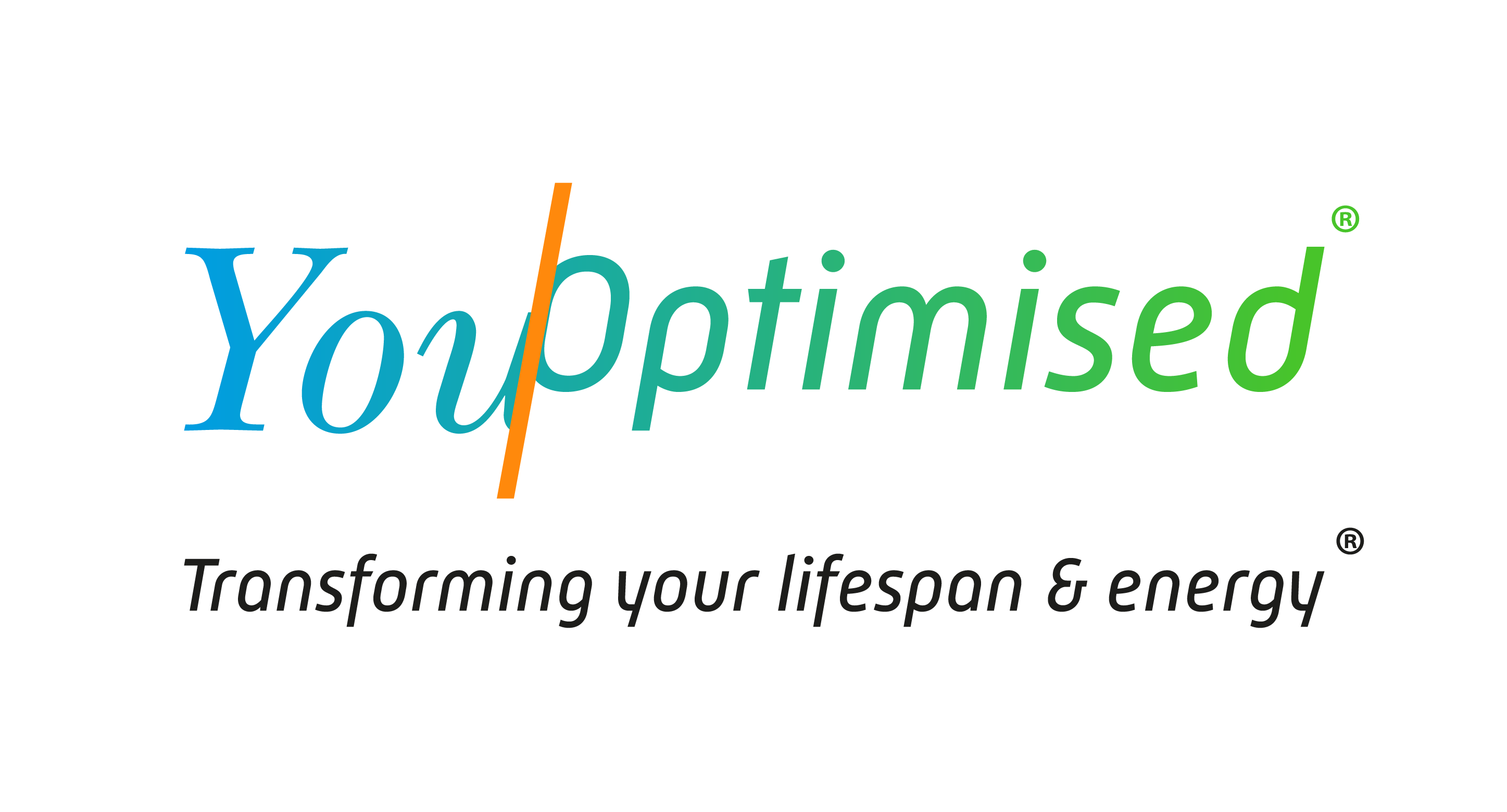Stroke is commonly associated with the elderly, but it is increasingly affecting younger individuals. With many assuming that it’s an older person’s disease, the risk factors and symptoms often go undetected and unattended in younger individuals. Recently, a 45-year-old reporter covering F1 for BBC Radio 5 Live revealed how she suffered from a stroke last December, which seriously affected her speech and the right side of her body. Her story reminds us that age is not a determinant of susceptibility to stroke, and that awareness, screening, and preventive measures are crucial for everyone.
Understanding Stroke in Young Adults
Stroke is the consequence of compromised blood supply to the brain. The brain cells deprived of oxygen and nutrients start to die within minutes. This disruption in blood flow can be caused by a blocked artery (ischemic stroke) or the bursting of a blood vessel (hemorrhagic stroke). A temporary disruption of blood flow to the brain, known as a transient ischemic attack (TIA), is often a precursor to a full-blown stroke.
Contrary to popular belief, strokes can and do happen in younger adults. According to the American Stroke Association, while the risk of stroke does increase with age, strokes can occur at any age. In fact, there’s been a notable increase in stroke incidence in adults aged 18-45 years.
Identifying the Risk Factors
Many risk factors contribute to the development of stroke. Some, like age and family history, can’t be modified. However, several other factors can be managed and controlled. These include high blood pressure, smoking, diabetes, high cholesterol levels, obesity, lack of physical activity, heavy alcohol use, and illicit drug use.
Additionally, certain medical conditions like cardiovascular diseases, certain inflammatory conditions, and disorders that affect your blood’s clotting ability also increase stroke risk. Understanding these risk factors and seeking medical help to manage them can significantly decrease the likelihood of experiencing a stroke.
Screening and Prevention
The key to reducing stroke incidence among young people lies in early detection and modification of these risk factors. Regular medical check-ups can help identify potential health issues that increase stroke risk. Healthcare providers can recommend lifestyle modifications and treatments to manage these risk factors.
Lifestyle changes may include adopting a healthy diet, maintaining a healthy weight, regular physical activity, quitting smoking, and reducing alcohol intake. It’s also important to manage any chronic conditions such as diabetes or high blood pressure with the help of medical professionals.
In conclusion, stroke is not exclusive to the elderly. As we’ve seen with the 45-year-old BBC Radio 5 Live reporter, it can strike at any age. It’s time we broaden our understanding of stroke, recognizing that it is a real risk for young adults. Awareness and proactive prevention are our best defense against this debilitating condition.
Remember, early detection and intervention are critical. Regular health screenings can identify risk factors that can be managed or even eliminated, significantly reducing the risk of stroke. It’s never too early to start taking care of your brain health.

